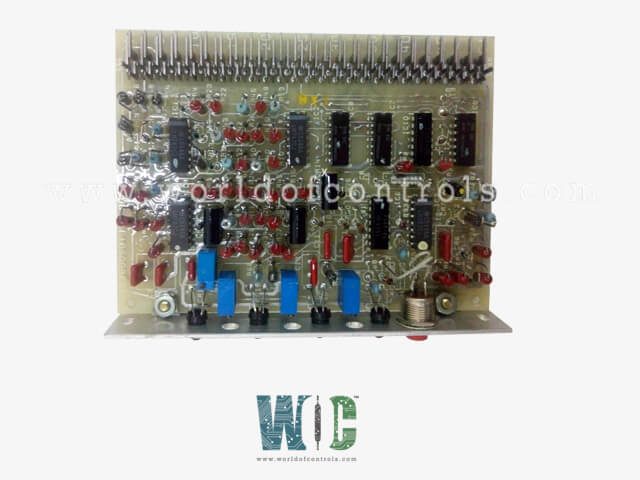
World Of Controls understands the criticality of your requirement and works towards reducing the lead time as much as possible.
IC3600SOTJ1 - GE Over Temperature Protection Card is available in stock which ships the same day.
IC3600SOTJ1 - GE Over Temperature Protection Card comes in UNUSED as well as REBUILT condition.
To avail our best deals for IC3600SOTJ1 - GE Over Temperature Protection Card, contact us and we will get back to you within 24 hours.
Part No.: IC3600SOTJ1
Manufacturer: General Electric
Country of Manufacture: United States of America (USA)
Product Type: Over Temperature Protection Card
Availability: In Stock
Series: Mark I and II
IC3600SOTJ1 is an Over Temperature Protection Card developed by GE. The module is a part of Mark I and II series. It is a part of overtemperature protection system, specifically for ensuring safe temperature control and protection against overheating. This system prevents damage due to excessive heat in the turbine exhaust.
The overtemperature protection system operates with two separate channels, each monitoring the average temperature from three thermocouples placed in the turbine's exhaust duct. These channels are designed to ensure that any excessive heat is quickly detected and mitigated. The system is comprised of:
There are two SOTJ cards, one for each overtemperature channel, with identical functions. Below are the five key functions provided by the SOTJ card:
The WOC team is always available to help you with your Mark I and II requirements. For more information, please contact WOC.
What is IC3600SOTJ1?
It is an Over Temperature Protection Card developed by GE under Mark I and II series.
How does the Overtemperature Trip function work?
The Overtemperature Trip function sums the exhaust temperature with factors like ambient compensation (PCDN), pressure sensor failure (PCDF), and peak reserve diagnostics. If the combined value exceeds the allowable limit, the system triggers and latches the output, which can only be reset manually with the push-button interface (PBI).
What happens when the Overtemperature Alarm is triggered?
When the Overtemperature Alarm is triggered, it indicates that the turbine’s exhaust temperature is approaching the preset trip point. This allows operators to take action before the turbine reaches a critical condition.
What does the Differential Alarm do?
The Differential Alarm compares the temperature readings between the two channels. If there is a difference of 20oF to 100oF between the channels (adjustable by R3), it triggers an alarm to indicate a discrepancy.